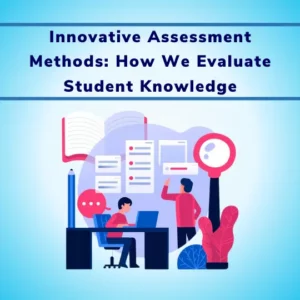Article Contents
Introduction
Understanding interactive assessment is key to enhancing learning and evaluation in the digital era. These tools create personalized, engaging learning experiences that go beyond the traditional classroom.
This article explores the types, benefits, and challenges of interactive assessments, delves into the role of AI, and offers guidance on their effective implementation across educational contexts.
Key Takeaways
- Interactive assessments are crucial in education for evaluating various skills, providing immediate feedback, and improving student engagement across academic and professional settings.
- There are multiple forms of interactive assessments, including multiple-choice, role-based, situation-based, and Generative AI-powered assessments, each with its own strengths and applications.
- Adopting interactive assessments in educational settings requires thoughtful implementation, considering factors such as engagement, effectiveness, accessibility, avoiding bias, and aligning with learning objectives.
The Importance of Interactive Assessments in Modern Education
Interactive assessments have become pivotal elements in the ever-evolving field of modern education, enabling the evaluation of diverse skills such as problem-solving, critical thinking, and domain-specific knowledge. Unlike traditional methods, interactive assessments capture the interest of students, engaging them in the learning process with immediate feedback that enhances their understanding.
From K-12 educational institutions to universities and enterprises, interactive assessments offer a beneficial solution for assessing students and employees alike. These assessments, through personalized feedback, can enhance performance and aid institutions in achieving their goals.
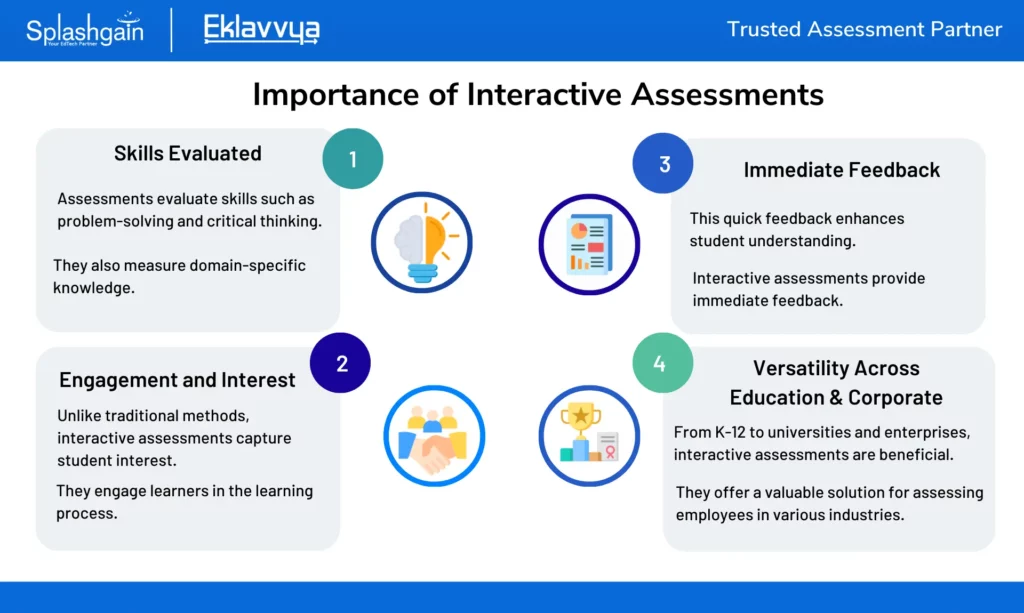
Types of Interactive Assessments for Comprehensive Evaluation
Interactive assessments, available in various forms, facilitate comprehensive evaluations by catering to diverse learning styles and preferences. Some examples of interactive assessments include:
- Multiple-choice questions assessing specific knowledge domains
- Game-based assessments that engage learners in a fun and interactive way
- Situation-based assessments that simulate real-life scenarios
These tools provide a diverse range of evaluation methods that enhance the learning process.
Multiple-Choice Questions
Long considered the backbone of educational assessments, multiple-choice questions offer a precise method for assessing a student’s understanding of specific course content. By selecting the correct answer, these questions are meticulously crafted to assess cognitive abilities beyond mere memorization, identify misconceptions, and promote active and self-directed learning.
However, while useful, multiple-choice questions also have certain limitations. They may inadvertently promote rote memorization at the expense of critical thinking and can struggle to effectively evaluate higher-order thinking skills. Therefore, they should be used as part of a broader assessment strategy.
Game-Based Assessments
Another intriguing method for evaluation is through game-based assessments. By providing an engaging and interactive environment, these assessments measure skills and knowledge in a fun, low-stress setting. They can assess a range of skills, such as memory and attention to detail, through tasks like remembering the location of objects on a screen.
A shining example of a successful game-based assessment in education is DuoLingo. This platform facilitates language learning through experience points and a gamified skill tree, with timed challenges that evaluate learners’ proficiency as they progress through the program.
Situation-Based Assessments
Our educational arsenal also includes the effective tool of situation-based assessments. By replicating real-world scenarios, these assessments allow for a thorough evaluation of students’ application of knowledge and skills, particularly in problem-solving and decision-making.
The Procter & Gamble job search process serves as a prime example of situation-based assessments in action. Candidates are tasked with solving a variety of scenarios and equations, allowing the company to gauge their problem-solving capabilities.
Such assessments often involve activities like identifying symbol sequences and recalling item locations and orders after multiple iterations, thus assessing observation and memory abilities within time constraints.
Voice Based Assessments
Typically oral or viva exams require the examiner to be present for manual evaluation. However, in the online voice-based assessment process, AI is able to extract information from the voice recording and AI can come up with feedback/ rating for the individual user.
You can also make viva or voice assessment interactive where the AI examiners can ask the next question based on candidates’ responses with question context.
Generative AI: Revolutionizing Interactive Assessments
Exploring the realm of technology’s impact on education, one can’t ignore the significant role of Generative AI. This form of artificial intelligence, capable of generating diverse forms of content, is revolutionizing interactive assessments.
It’s ushering in a new era of online assessments, introducing novel approaches for evaluating learning, delivering personalized learning experiences, and streamlining grading and assessment processes.
Over traditional assessment methods, Generative AI boasts several advantages, including automation of student assessment and grading, thus lightening the teachers’ workload. More importantly, it enables personalized feedback, enhancing the learning experience and student engagement.
However, the use of Generative AI is not without its limitations. Impersonal student interactions and the potential for biased decision-making can present challenges.
Despite these drawbacks, the advantages offered by Generative AI make it a game-changing tool in the transformation of modern educational assessments.
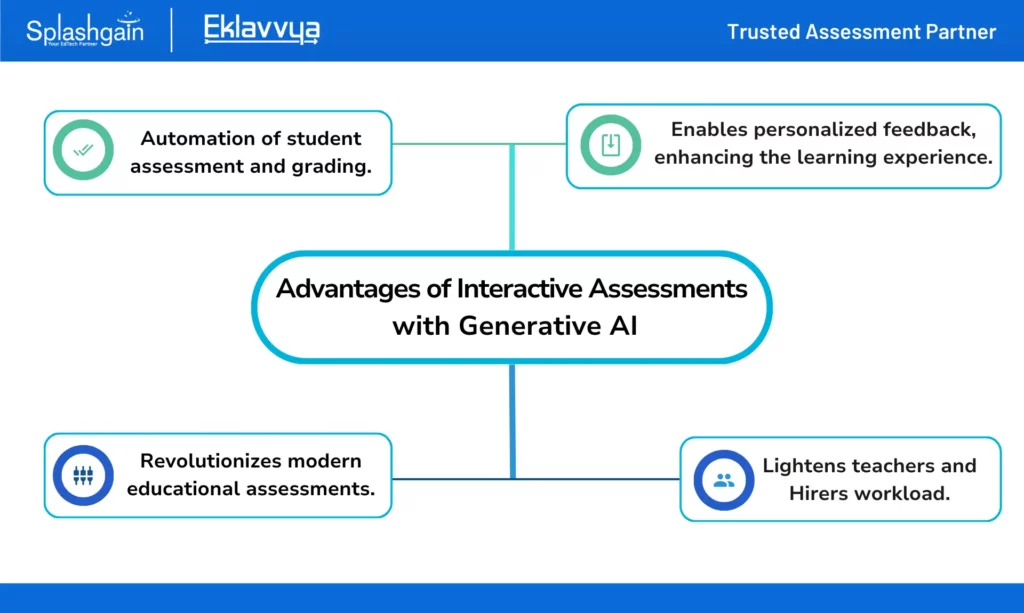
The Eklavvya Platform: AI for Effective Assessment
Eklavvya effectively leverages the power of Generative AI for assessment. This leading online test-taking platform uses generative AI to revolutionize assessments, offering dynamic, scenario-based evaluations that ensure a thorough understanding of skills.
Eklavvya is equipped with an online assessment tool that incorporates AI proctoring, skill assessment features, question bank management, exam scheduling, remote proctoring, and result analytics.
The platform offers the capability to create a wide range of assessments, such as aptitude tests, psychometric tests, domain-specific tests, objective tests, and skill assessments, making it an effective tool for modern education.

Implementing Interactive Assessments in Various Educational Settings
Interactive assessments transcend the boundaries of a single type of educational setting, with schools, universities, and professional training programs all capable of utilizing these innovative tools to boost learning outcomes and offer personalized feedback to their clients through their websites.
Schools
Interactive assessments hold a key position within school settings. They:
- Foster active participation
- Stimulate critical analysis
- Encourage introspection
- Enable students to evaluate their peers’ efforts
- Offer input
- Monitor their progress
- Pinpoint areas for enhancement
By providing instant feedback, these assessments strengthen learning and encourage students to sustain their engagement.
Moreover, schools can implement frequent interactive assessments to identify learning difficulties and adjust instruction as necessary. AI-powered resources can provide personalized feedback and assistance, aiding in the early detection of areas where a student may be struggling.
Universities
Universities reap a myriad of benefits from interactive assessments. These tools offer valuable feedback, support interactive learner engagement, and enhance the effectiveness of the learning process. Interactive assessments help analyze students’ strengths and weaknesses, enable self-paced learning, and improve virtual collaboration skills.
Yet, the integration of interactive assessments in universities is not without challenges. Some potential obstacles that need to be addressed include:
- Academic dishonesty
- Infrastructure limitations
- Ensuring coverage of learning outcomes
- The commitment of students to participate in the assessments
Professional Training Programs
Interactive assessments also present significant advantages for professional training programs. During recruitment, these assessments allow candidates to gauge their skills and experience in comparison to the job requirements, providing a valuable self-assessment tool.
Within organizations, HR departments can utilize interactive assessments to aid employees in evaluating their strengths and weaknesses, ultimately enhancing their performance within the company.
Examples of interactive assessments commonly utilized in professional training programs include:
- Online tests
- Quizzes
- Questionnaires
- Gamified assessments such as interactive quizzes, augmented reality assessments, and virtual environments.
Tips for Creating Engaging and Effective Interactive Assessments
The creation of engaging and effective interactive assessments melds both art and science. AI technology can significantly enhance the crafting of dynamic and personalized evaluations. Machine learning algorithms can:
- Predict outcomes
- Deliver tailored content according to learners’ preferences and requirements
- Analyze student data to gain insights into their progress
- Establish personalized learning paths
Yet, the design of these assessments demands meticulous planning and strategic implementation. Avoiding pitfalls such as:
- Neglecting training and support
- Forgetting accessibility requirements and user experience
- Lack of scale
- Ambiguity in the assessment questions
- Overreliance on multiple-choice questions
- Misalignment between the assessment and teaching
- Potential bias and fairness issues
is essential to ensure the effectiveness of interactive assessments.
Summary
In conclusion, interactive assessments have truly revolutionized the landscape of education. They provide a comprehensive, engaging, and effective way to assess a wide range of skills and abilities.
With the help of groundbreaking technologies like Generative AI and platforms like Eklavvya, these assessments are becoming increasingly dynamic and personalized.
Despite the challenges, the potential for interactive assessments in enhancing learning outcomes in schools, universities, and professional training programs is immense, marking a new era of educational evaluation.
Frequently Asked Questions
What is meant by interactive assessment?
Interactive assessment refers to assessments that are completed and automatically marked on a computer or mobile device.
What is an example of assessment?
Assessments can include research papers, exams, oral presentations, and individual creative or performance projects at the course or department/program level.
What is the importance of interactive assessments in modern education?
Interactive assessments are crucial in modern education because they evaluate various skills, engage students who may struggle with traditional methods, and provide immediate feedback to enhance learning.
What are the types of interactive assessments for comprehensive evaluation?
Interactive assessments for comprehensive evaluation can include multiple-choice questions, game-based assessments, and situation-based assessments. These types of assessments can provide a well-rounded understanding of a participant’s knowledge and skills.
How is Generative AI transforming interactive assessments?
Generative AI is transforming interactive assessments by revolutionizing the way evaluations are conducted, offering personalized learning experiences, and streamlining grading processes to align with individual learning patterns and preferences. This shift enables a more efficient and tailored approach to education.


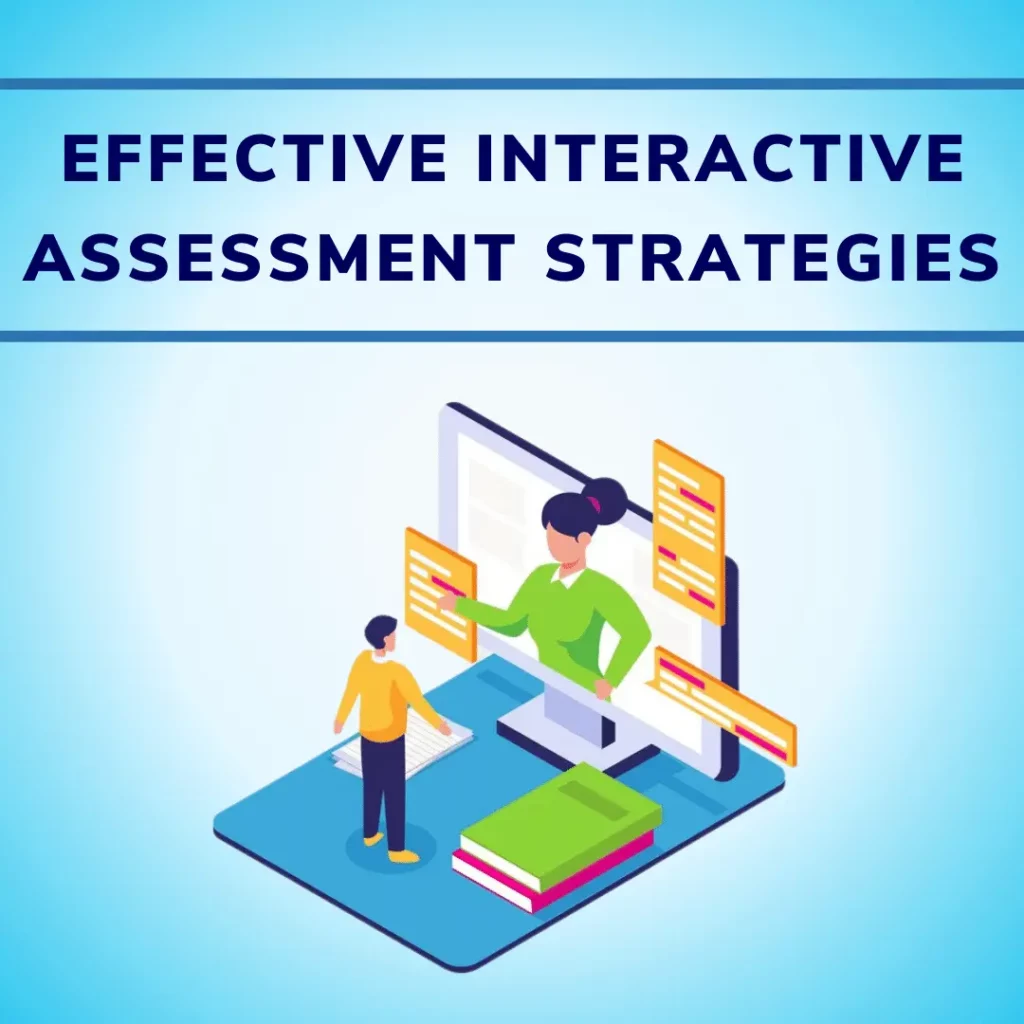
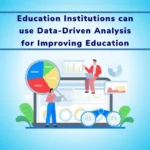
![How Government-Led Exams at 250+ Locations Are Setting New Standards of Integrity [Case Study]](https://www.eklavvya.com/blog/wp-content/uploads/2024/04/Enhancing-Exam-Integrity-Government-Certification-in-250-Locations-150x150.webp)
![Transforming Central Govt. Exams Evaluation: How Onscreen Marking is Leading the Charge [Case Study]](https://www.eklavvya.com/blog/wp-content/uploads/2024/04/How-Onscreen-Marking-Revolutionized-Central-Govt-Exams-Case-Study-1-150x150.webp)
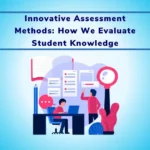


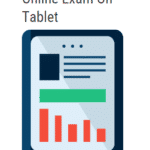









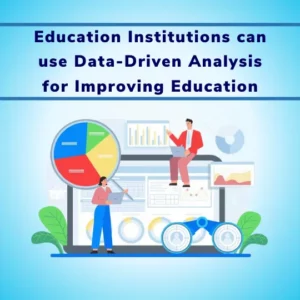

![How Onscreen Marking Revolutionized Central Govt Exams [Case Study]](https://www.eklavvya.com/blog/wp-content/uploads/2024/04/How-Onscreen-Marking-Revolutionized-Central-Govt-Exams-Case-Study-1-300x300.webp)
